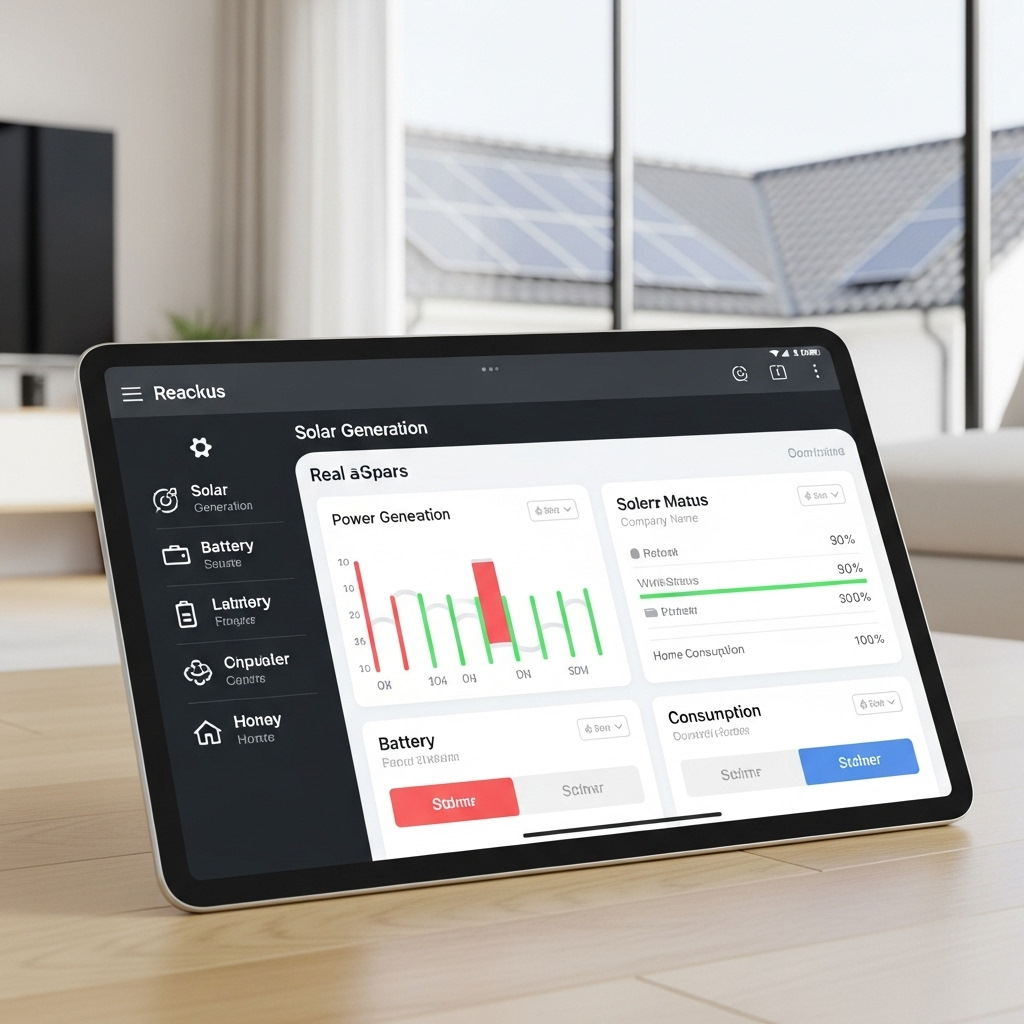In my career integrating energy storage systems (ESS), I’ve learned a hard lesson: the most complex problems often aren't in the batteries or inverters, but in getting them to speak the same language. It's a digital 'Tower of Babel,' where every manufacturer has their own dialect. This is where communication protocols come in, and three names are always on the table: the old workhorse Modbus, the modern messenger MQTT, and the universal translator SunSpec. Choosing the right combination is the key to a system that works, scales, and doesn't lock you into a single vendor for life.
Meet the Players: What These Protocols Actually Do
Let's break down what each tool is designed for. I've seen countless hours wasted because a team chose the wrong one for the job.
Modbus: The Old Reliable Workhorse
Developed in 1979, Modbus is the veteran of the industrial world. It's a simple master-slave system: a "master" device (like a computer) polls a "slave" device (like an inverter) by asking, "What's the value in your memory register 40100?" It's robust and supported by nearly every piece of industrial hardware on the planet. For direct, on-site diagnostics with a laptop, it's my go-to for its simplicity. However, that constant polling is its downfall—it’s like a manager constantly asking an employee for status updates, creating needless traffic even when nothing has changed. It also has virtually no built-in security.
MQTT: The Modern IoT Specialist
MQTT is the polar opposite of Modbus. It works on a publish-subscribe ("pub/sub") model. Instead of polling, an ESS device "publishes" an update to a central broker only when a value changes—for example, "State of Charge is now 85.1%." Other applications "subscribe" to that topic to get the update. This "report by exception" model is incredibly efficient and perfect for sending data over the internet to a cloud platform. It's lightweight, scalable, and comes with modern security like TLS encryption. It's the undisputed choice for any remote or large-scale monitoring.
SunSpec: The Universal Translator
This is the most misunderstood of the three. **SunSpec is not a protocol; it's a dictionary.** It solves the biggest problem with Modbus: one inverter might store 'State of Charge' at register 40100, while another uses 50220. It was a nightmare. SunSpec creates a standard map, defining that a specific data point will always be in the same place for any SunSpec-compliant device. It ensures different brands of equipment can understand each other. As the IEA notes in its work on power system transformation, this kind of standardization is essential for building the interoperable smart grids of the future.
Head-to-Head: Which Tool for Which Job?
I’ve learned to think of this not as a competition, but as picking the right tool from the toolbox for a specific task.
| Feature | Modbus | MQTT | SunSpec Alliance |
|---|---|---|---|
| My Analogy | Direct Question & Answer | Newsletter Subscription | A Common Dictionary |
| Architecture | Client-Server (Polling) | Publish-Subscribe (Event-driven) | Standardized Information Model |
| Best For | Simple, local, on-site control | Efficient, secure cloud monitoring | Ensuring multi-vendor interoperability |
| Efficiency | Low (high network traffic) | High (low network traffic) | Improves data-level efficiency |
| Security | None (needs a VPN) | High (built-in TLS) | Can be layered over secure protocols |
The Pro-Level Setup: How to Use Them All Together
In virtually every advanced system I design today, we don't choose one—we use them together in a logical stack. This hybrid approach gives you the best of all worlds.
- On the Device Level: The battery and inverter communicate locally using **Modbus TCP**. Critically, their data is structured according to the **SunSpec** standard. This ensures any local controller can instantly understand the data without custom coding.
- At the Gateway: A small on-site computer or IoT gateway device acts as the Modbus master, reading the SunSpec-standardized data from the hardware.
- To the Cloud: The gateway then repackages this data into a lightweight **MQTT** message and securely publishes it to a cloud monitoring platform.
This architecture is robust, secure, and incredibly scalable. It leverages the simplicity of Modbus for local tasks, the power of SunSpec for interoperability, and the efficiency of MQTT for cloud communication.
Why This Matters for the Future
The energy world is moving towards massive, data-driven management systems. As reports like the IEA's study on Energy and AI show, the huge amounts of data we can efficiently collect via MQTT are essential for training algorithms that predict maintenance needs, forecast energy production, and optimize grid stability. Getting your data architecture right today is about being ready for the AI-driven grid of tomorrow.
My Final Recommendation
Stop thinking of it as MQTT vs. Modbus. Your first question should always be: "Is this device SunSpec compliant?" Demanding that standard is your single best defense against vendor lock-in. From there, the choice is simple. Use Modbus for direct local access and MQTT for everything else. By adopting this layered, best-of-breed approach, you build a system that is not only powerful today but also ready for whatever comes next.





Leave a comment
All comments are moderated before being published.
This site is protected by hCaptcha and the hCaptcha Privacy Policy and Terms of Service apply.